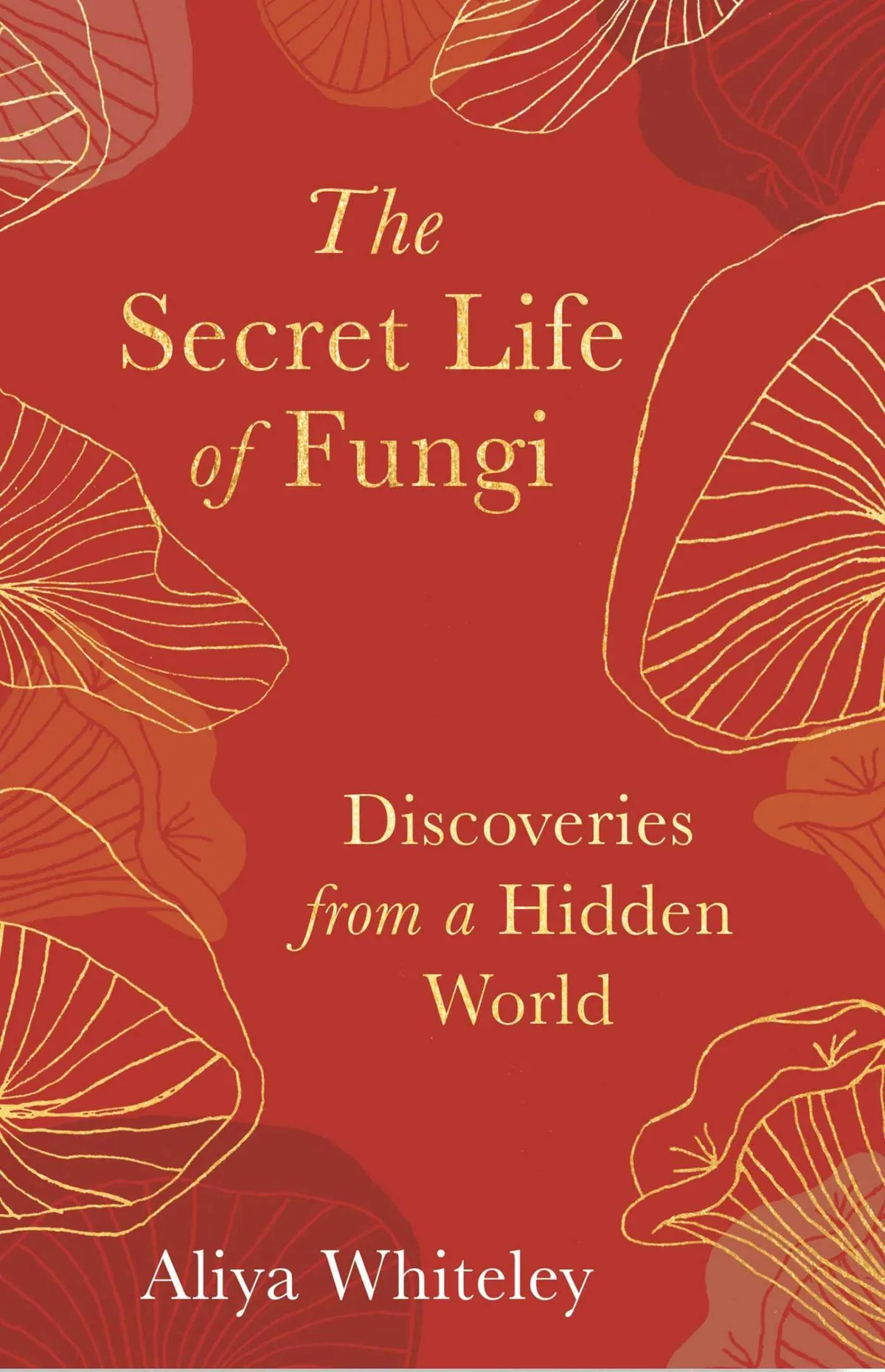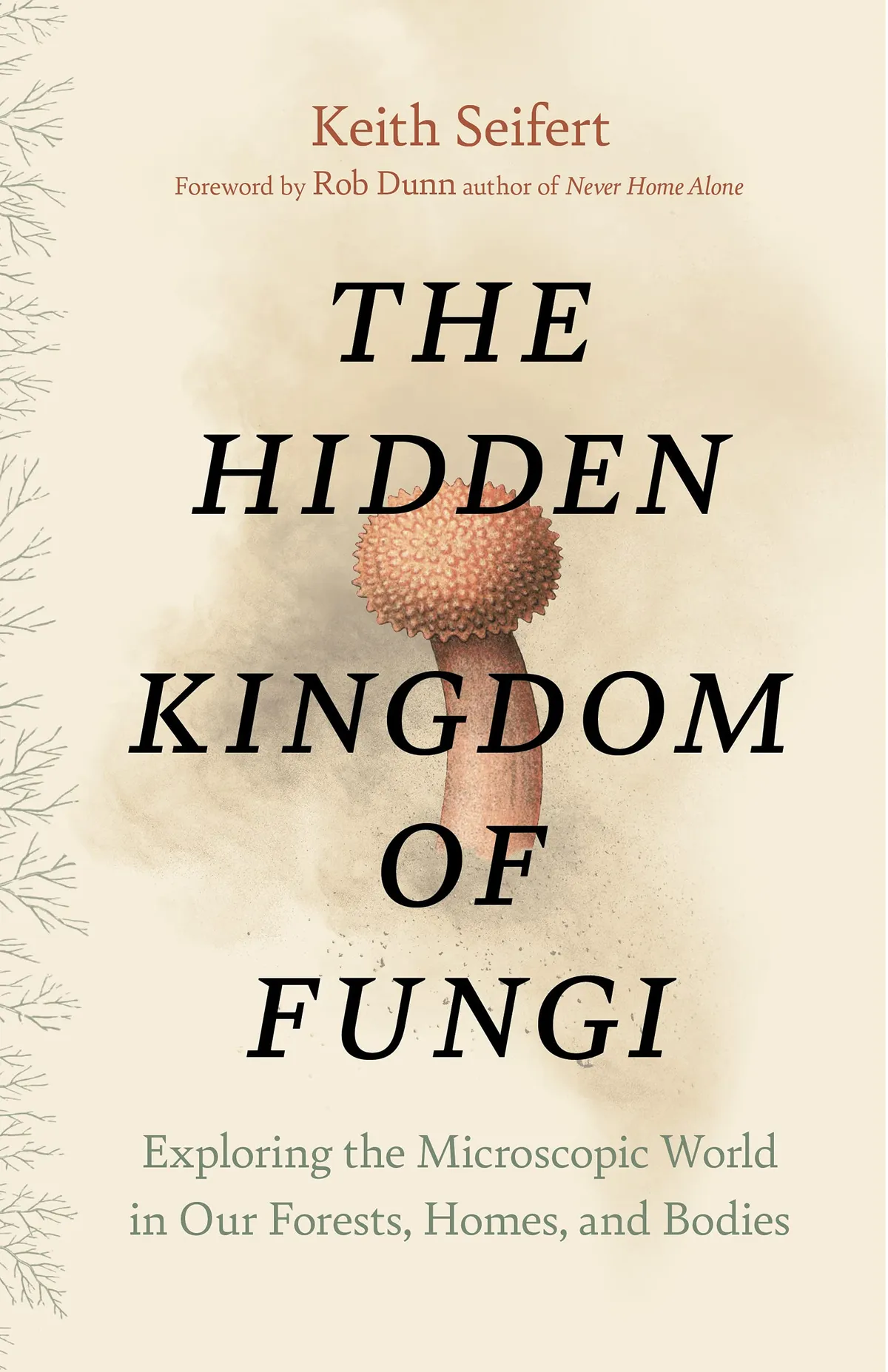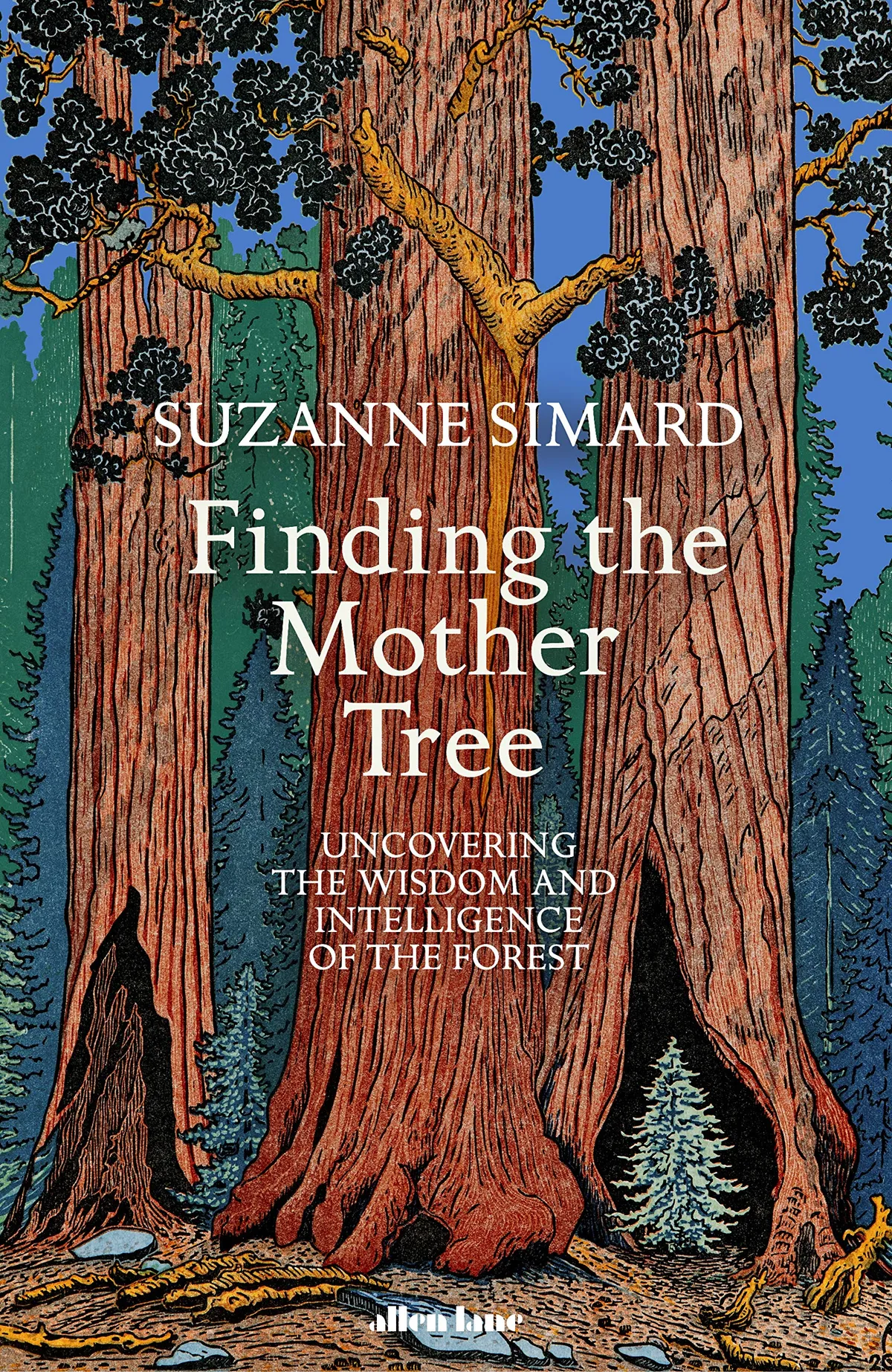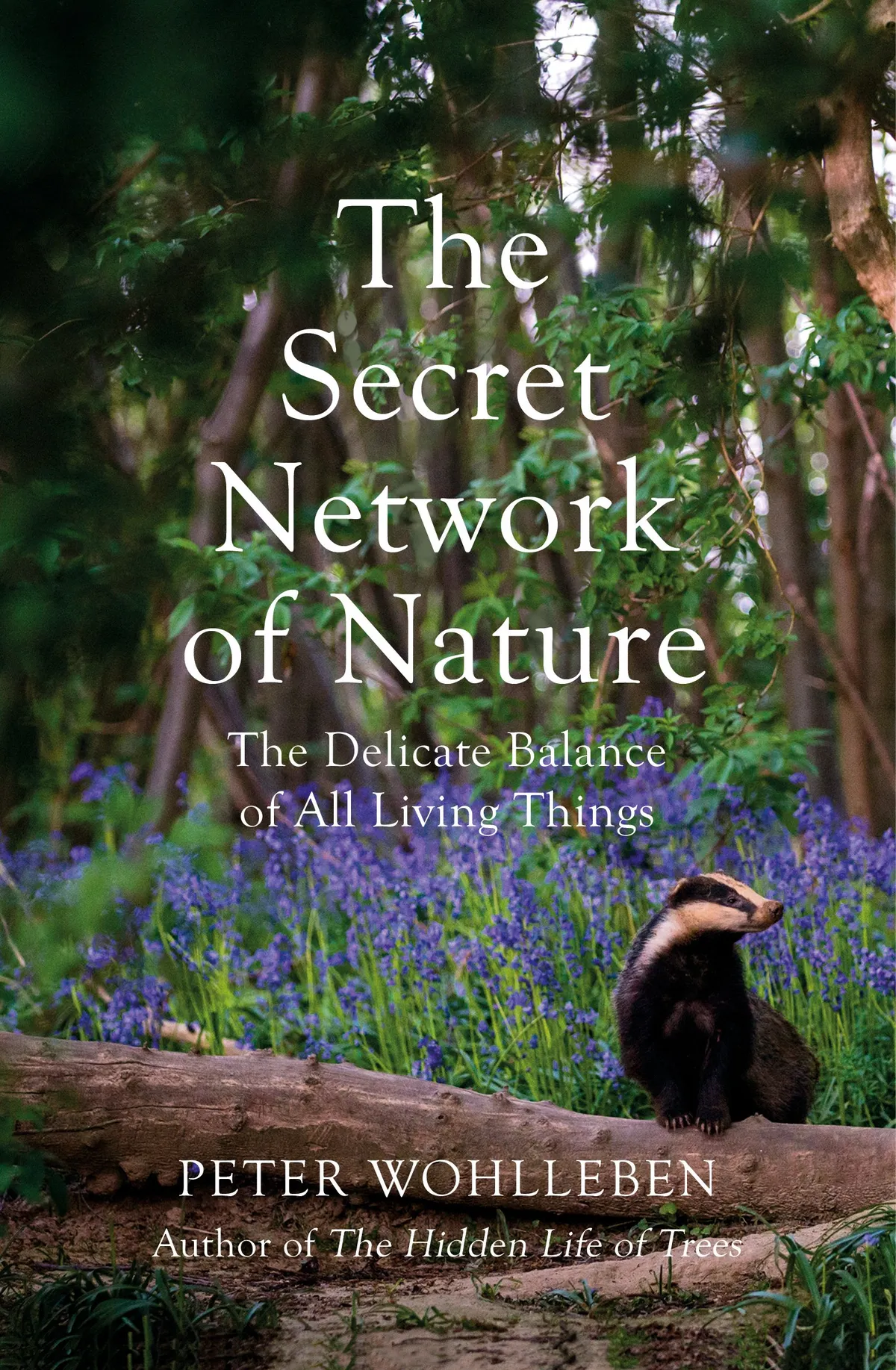Fungi are fabulous yet dangerous, everywhere but also mysterious, sometimes edible and sometimes fatal. This kingdom of neither plants nor animals is a world that most of us rarely think about, but perhaps we ought to pay it more attention? The authors below would certainly say so, and fortunately they’ve written some excellent books to introduce you to fungi. Read on for our reviews.
Learn more about mushroom identification in our woodland fungi ID guide and our earthstars ID guides, or test your knowledge of British wildlife with our identification quiz:
Best fungi books
Entangled Life
By Merlin Sheldrake. Published by Bodley Head.

It ought to be common knowledge that Nature cradles us in a web of connection so dense and intricate we cannot leave. The more attentive already realise that the material from which that mesh is woven is partly fungal. But how easily we forget that those fungi, and the web they embody are themselves alive and therefore subject to the same motivations that move us.
To open the pages of Entangled Life is to tumble like Alice, into a wonderland both familiar and fantastical, with mycologist Merlin Sheldrake as your guiding white rabbit. I lost count of the times I exclaimed out loud, drew sharp intakes of breath, reread passages to make sure I wasn’t dreaming. More than once I got up and danced. A mesmerising, trippy, utterly exhilarating must-read.
Reviewed by Amy-Jane Beer, nature writer
The Secret Life of Fungi
By Aliya Whiteley. Published by Elliott & Thompson.

Fungi are familiar to us, eaten regularly in risottos or on top of pizzas, and spotted in woodlands. And yet at the same time, incredibly mysterious. As author Aliya Whitely says in her introduction, “There’s still so much to learn about these secretive forms of life, including the tantalising question of how much they communicate with each other, and with many other organisms. Perhaps they are even trying to communicate with us.”
Whiteley’s book is an exploration of these unusual life forms – neither plants nor animals. Her writing is very accessible, with lovely descriptions of the different species and processes, drawing the reader into this “hidden world”. It also helps that the book is also not a hefty volume, so not too daunting for those that are new to fungi.
Fungipedia
By Lawrence Millman. Published by Princeton University Press.

This pocket-sized compendium is a lively combination of clearly explained science, entertaining cultural references and potted biographies of leading personalities in the world of mycology. Fungi tend to grab our attention in autumn when they produce their spectacular fruiting bodies but, for most of their life-cycle, they are hidden from view, recycling nutrients in ecosystems and generally maintaining the health of the planet.
No other organisms illustrate so well the interconnectedness of the living world. If your fungal forays have been limited to identifying toadstools, this A-Z of the fungal kingdom, written with profound knowledge and wry good humour, will be a revelation.
Reviewed by Phil Gates, botanist
The Hidden Kingdom of Fungi
By Keith Seifert. Published by Greystone Books.

Discover the kingdom of fungi with Keith Seifert’s book, for indeed, fungi are a different kingdom to plants and animals. It’s a broad book, which is suitable since fungi are so diverse and wide-ranging. It covers everything from how fungi break down wood, how fungi can zombify insects, to how humans have taken on our favourite fungi and used them to make bread, cheese, and alcohol.
It’s a very interesting and fact-packed read. As Rob Dunn says in the foreword to this book, “one has the feeling of having been invited as a novice to the mycologists’ table. The experience is, at once, surprising, thrilling and engrossing.” However, I didn’t find it as accessible as some of the other fungi books on this list.
Seifert also handily provides a little introductory note on scientific names and taxonomy, pointing out that many fungi species don’t have common names. Thus scientific names are “a necessary evil”, but that discovering the meaning behind them can be interesting, and even humorous – Spongiforma squarepantsii for example. Plus, a guide to fungi classification and plenty of sources for further reading.
Finding the Mother Tree
By Suzanne Simard. Published by Penguin.

In this extraordinary book about underground tree communication and the ‘wood wide web’, Simard shows us how powerful storytelling can be in our discussions about the natural world. She takes us through her academic career in the forests of Canada and North America, working on tree plantations and eventually discovering that trees coordinate themselves through a network of mycorrhizal fungi that heals, feeds and sustains the entire forest.
This is a simple yet captivating story of a woman who follows her intuition, views compassion as a strength, and dares to see the world differently.
Reviewed by Tiffany Francis-Baker, nature writer and illustrator
The Secret Network of Nature
By Peter Wohlleben. Published by Bodley Head.

Conservation organisations are often criticised for using charismatic animals to engage public interest. Peter Wohlleben can never be accused of this – here, the subjects of his musings include bacteria, fungi and bark beetles.
Despite such apparently unpromising topics, this is a fascinating read, introducing trees that ‘taste’ deer saliva, flirtatious moths, seedling-“suckling” plants and raven-wolf friendships. Wohlleben says nature’s networks are so complex, we can’t ever know how our actions will change them. “We need to leave things alone – on as large a scale as possible.”
Reviewed by Liz Kalaugher, science writer
Mushrooms (British Wildlife collection series)
By Peter Marren. Published by Bloomsbury.

One of the UK’s leading natural history writers and author of more than twenty books such as Rainbow Dust, Chasing the Ghost and Emperors, Admirals and Chimney Sweepers, Peter Marren turns his attention to fungi in this book. It’s the first in the British Wildlife Collection published by Bloomsbury, which also includes Meadows, Butterflies and Ants.
Although it is titled ‘Mushrooms’, the book goes beyond the brief-lived fruit bodies of fungi and delves deep into the webs of fungi hyphae, before returning to the familiar mushrooms that we might spot in our gardens or in a woodland. It’s an easy read, accompanied by plenty of photographs to accompany Marren’s texts.
Main image: Omphalotus nidiformis, or ghost fungus, glowing green on an old piece of wood in a driveway at night. © Louise Docker Sydney Australia/Getty
